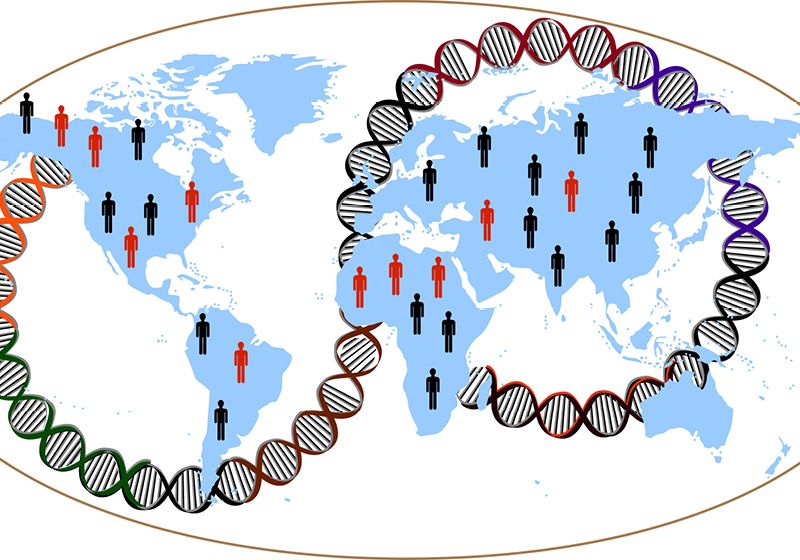Studying obesity-associated genes from people of non-European ancestry led to the identification of new obesity genes, highlighting the importance of representative samples in gene studies.
Image credit:Deepro Banerjee, Girirajan Laboratory, Penn State
Worldwide, more than one billion people are estimated to live with obesity, which increases a person’s risk for cardiovascular disease and other health conditions. Obesity, defined as having a body mass index (BMI) of 30 or greater, has both genetic and lifestyle risk factors. Researchers have identified multiple genes and genetic variations associated with obesity risk, but many of these studies investigated populations of people with predominantly European ancestry. This lack of sample diversity can limit researchers’ understanding of obesity and reduce the generalizability and success of treatments in non-European populations.
To address this shortcoming, a team at Pennsylvania State University analyzed gene variations and their association with BMI from more than 839,000 individuals, representing six continental ancestries.1 The researchers identified genes associated with BMI that had not been previously reported and noted distinct differences in risk factors between people with European and non-European ancestry. They published the results in Nature Communications.
Santhosh Girirajan studies genetic changes leading to neurodevelopmental and genetic disorders at Pennsylvania State University.
Michelle Bixby, Penn State
“Our findings emphasize the power and importance of cross-ancestry studies,” said Santhosh Girirajan, a human geneticist at Pennsylvania State University and study coauthor in a press statement.
The team first measured the effect of gene variants on BMI for each ancestry population. They then used these results to conduct a meta-analysis, comparing European populations, non-European populations, and all ancestries.
From this, the researchers identified 13 genes associated with BMI across all ancestries; five these had not been previously associated with increased BMI. The team also saw that, while some genes exhibited similar effects on BMI between European and non-European populations, other genes that were strongly associated with BMI in people with European ancestry exhibited a weaker effect in people from non-European ancestry. The researchers also observed ancestry-specific variations within some genes.
Next, the team assessed the correlation of these genes with obesity and other comorbidities. They saw that individuals with genetic variations that affected protein function in four of the five newly identified BMI-associated genes also had an increased likelihood of being obese or severely obese. The team also observed risks for other common health conditions associated with obesity, including type 2 diabetes, hypertension, and heart failure. One of the newly identified BMI-associated genes was also associated with altered mental status, and another correlated with hypothyroidism. This result points to previously underappreciated pathways and potential mediators involved in obesity.
Collectively, the findings help to better advance researchers’ understanding of the biology of obesity and to develop more effective or targeted therapies for patients.

